Home>Furniture & Design>Interior Design Trends>How To Remove Adhesive From Glass
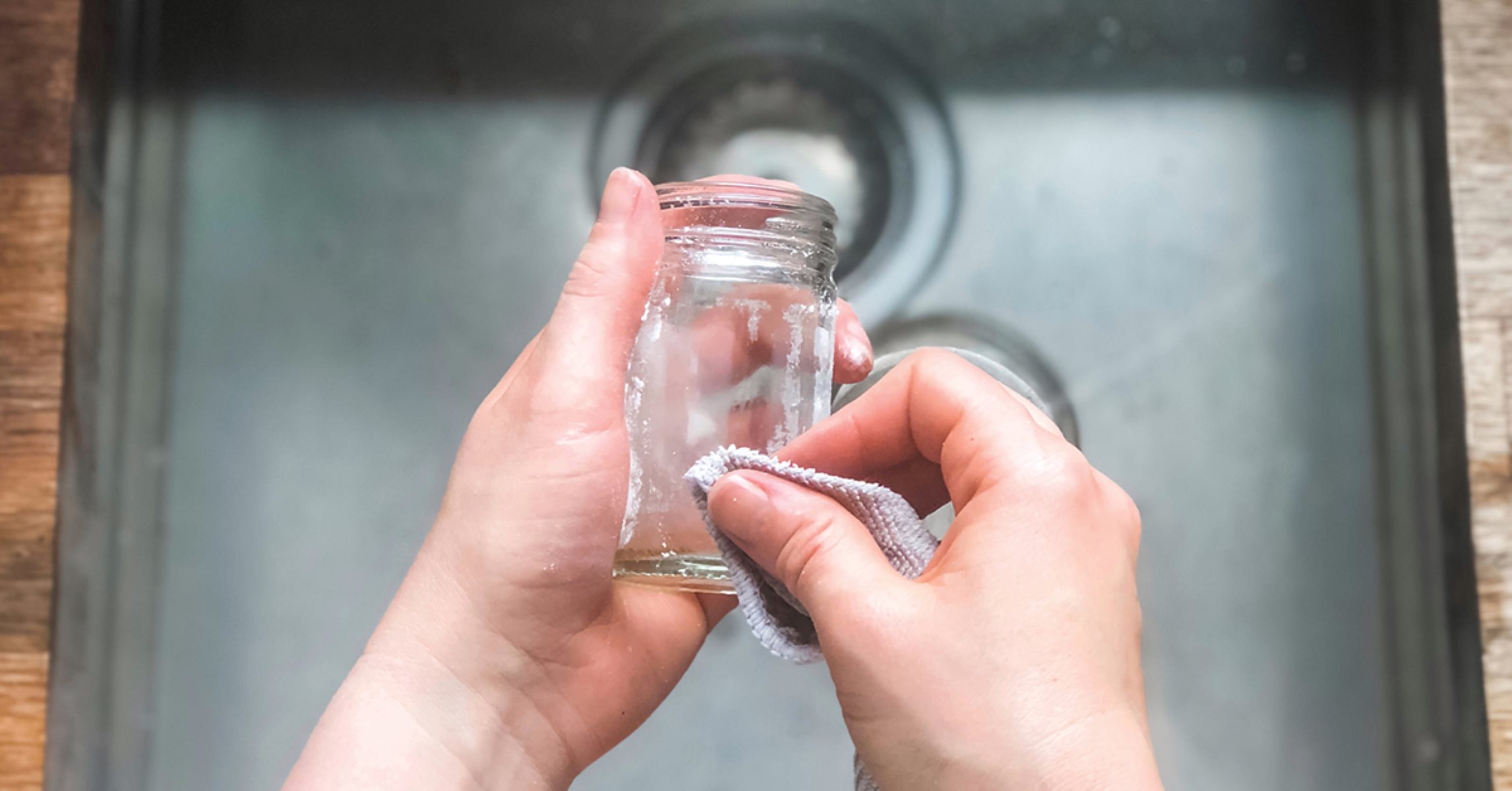

Interior Design Trends
How To Remove Adhesive From Glass
Modified: February 18, 2024
Learn effective techniques for removing adhesive from glass surfaces and keep up with the latest interior design trends. Discover expert tips and tricks for a flawless finish.
(Many of the links in this article redirect to a specific reviewed product. Your purchase of these products through affiliate links helps to generate commission for Storables.com, at no extra cost. Learn more)
Introduction
Removing adhesive from glass surfaces can be a challenging task, often requiring patience and the right techniques to achieve a clean and residue-free finish. Whether dealing with stubborn stickers, tape residue, or adhesive from previous installations, it's essential to understand the nature of the adhesive and the appropriate methods for safe and effective removal.
Adhesives are designed to create a strong bond between surfaces, and when they adhere to glass, they can be particularly resilient. The type of adhesive used, such as glue, tape, or stickers, can impact the removal process. Additionally, factors like the duration of adhesion, environmental conditions, and the quality of the adhesive itself can influence the difficulty of removal.
In this comprehensive guide, we will explore various methods for removing adhesive from glass, including both household remedies and commercial adhesive removers. By understanding the nature of adhesives and the appropriate removal techniques, you can restore the pristine appearance of glass surfaces without causing damage or leaving unsightly residue behind.
Key Takeaways:
- Say goodbye to stubborn adhesive on glass by using household items like rubbing alcohol, vinegar, and baking soda paste. These gentle and accessible solutions effectively dissolve adhesive without damaging the glass surface.
- Prioritize safety when removing adhesive from glass. Ensure proper ventilation, use protective equipment, and handle chemicals responsibly to create a safe working environment.
Read more: How To Remove Adhesive From A Bathtub
Understanding the adhesive
Adhesives are substances used to bond two surfaces together by creating a strong and durable connection. When it comes to glass surfaces, adhesives can pose a unique challenge due to the smooth and non-porous nature of glass. Understanding the composition and behavior of adhesives is crucial in determining the most effective removal methods.
Adhesives used on glass can vary widely in composition and strength. Common types of adhesives include glue, tape, stickers, and sealants, each with its own set of properties and challenges for removal. Glues, for example, can be water-based, solvent-based, or epoxy, each requiring specific approaches for removal. Pressure-sensitive tapes, often used for mounting or packaging, leave behind adhesive residue that can be particularly stubborn on glass surfaces. Stickers and labels, commonly affixed to glass containers or windows, may leave adhesive remnants that are unsightly and difficult to remove.
The adhesion process involves the adhesive forming a bond with the glass surface through intermolecular forces. These forces can include van der Waals forces, hydrogen bonding, or electrostatic interactions, depending on the adhesive composition. Understanding the specific type of adhesive and its bonding mechanism is essential in selecting the most appropriate removal method.
The duration of adhesion also plays a significant role in the removal process. Adhesives that have been in place for an extended period may undergo chemical and physical changes, making them more challenging to remove. Exposure to environmental factors such as heat, humidity, or UV radiation can further alter the adhesive's properties, impacting its adhesion strength and cohesion.
Furthermore, the quality of the adhesive itself influences its removability. High-quality adhesives are designed to create long-lasting bonds, making them more resistant to removal. Conversely, low-quality adhesives may leave behind excessive residue or break down more easily, potentially causing damage to the glass surface during removal attempts.
In summary, understanding the nature of adhesives is essential for devising effective removal strategies. By recognizing the type, strength, duration of adhesion, environmental influences, and adhesive quality, you can approach the removal process with informed techniques that minimize damage and ensure a clean, residue-free glass surface.
Methods for removing adhesive from glass
When it comes to removing adhesive from glass surfaces, several methods can be employed to achieve a clean and residue-free finish. The choice of method depends on the type of adhesive, the duration of adhesion, and the available resources. Here are some effective methods for removing adhesive from glass:
-
Heat and Moisture: Applying heat and moisture can help soften and loosen the adhesive, making it easier to remove. One approach is to use a hairdryer or heat gun to gently warm the adhesive, followed by wiping the area with a damp cloth to aid in loosening the adhesive residue. This method is particularly effective for removing adhesive from glass without causing damage.
-
Rubbing Alcohol: Rubbing alcohol, also known as isopropyl alcohol, is a versatile solvent that can effectively dissolve many types of adhesives. Simply soak a clean cloth or cotton ball in rubbing alcohol and gently rub the adhesive residue until it begins to lift off the glass surface. This method is suitable for removing sticker residue and tape adhesive.
-
Vinegar Solution: A solution of white vinegar and water can serve as a natural adhesive remover for glass surfaces. Mix equal parts of white vinegar and water, then apply the solution to the adhesive residue. Allow it to sit for a few minutes before gently scrubbing the area with a soft cloth or sponge. The acidic nature of vinegar helps break down the adhesive, facilitating its removal.
-
Commercial Adhesive Solvents: There are various commercial adhesive removers available in the market specifically formulated for removing tough adhesives from glass and other surfaces. These solvents are designed to dissolve adhesives effectively without damaging the glass. It is important to follow the manufacturer's instructions when using commercial adhesive removers to ensure safe and proper application.
-
Razor Blade or Scraper: For stubborn adhesive that does not respond to solvents, a razor blade or scraper can be used to carefully scrape off the residue from the glass surface. It is crucial to exercise caution and use a gentle, controlled motion to avoid scratching or damaging the glass. This method is best suited for thick adhesive buildup or hardened residues.
-
Baking Soda Paste: Baking soda, when combined with water to form a paste, can act as a gentle abrasive for removing adhesive from glass. Apply the baking soda paste to the affected area and gently rub it in circular motions using a soft cloth. The mild abrasive action helps lift the adhesive while being gentle on the glass surface.
By employing these methods, you can effectively remove adhesive from glass surfaces while minimizing the risk of damage or residue. It is important to assess the type of adhesive and the condition of the glass before selecting the most suitable removal method. With patience and the right approach, you can restore the pristine appearance of glass surfaces with ease.
Using household items
Household items offer a convenient and cost-effective approach to removing adhesive from glass surfaces. These readily available items can effectively dissolve and loosen adhesive residues without causing damage to the glass. Here are some household items and their application methods for adhesive removal:
Rubbing Alcohol
Rubbing alcohol, also known as isopropyl alcohol, is a versatile solvent that can effectively dissolve many types of adhesives. Its high volatility and ability to evaporate quickly make it an ideal choice for adhesive removal. To use rubbing alcohol, soak a clean cloth or cotton ball in the alcohol and gently rub the adhesive residue until it begins to lift off the glass surface. The solvent action of rubbing alcohol helps break down the adhesive, making it easier to remove.
Vinegar Solution
A solution of white vinegar and water can serve as a natural adhesive remover for glass surfaces. Mix equal parts of white vinegar and water to create the solution, then apply it to the adhesive residue. Allow the solution to sit for a few minutes to penetrate the adhesive, then gently scrub the area with a soft cloth or sponge. The acidic nature of vinegar helps break down the adhesive, facilitating its removal without harsh chemicals.
Baking Soda Paste
Baking soda, when combined with water to form a paste, can act as a gentle abrasive for removing adhesive from glass. Create a paste by mixing baking soda with water and apply it to the affected area. Gently rub the paste in circular motions using a soft cloth, allowing the mild abrasive action to lift the adhesive while being gentle on the glass surface. This method is particularly effective for removing stubborn adhesive residues without causing damage.
Heat and Moisture
Applying heat and moisture can help soften and loosen adhesive residues, making them easier to remove from glass surfaces. Use a hairdryer or heat gun to gently warm the adhesive, then wipe the area with a damp cloth to aid in loosening the adhesive residue. The combination of heat and moisture can effectively weaken the adhesive bond, facilitating its removal without the need for harsh chemicals.
By utilizing these household items and their respective application methods, you can effectively remove adhesive from glass surfaces using gentle and readily available solutions. These methods offer a safe and environmentally friendly approach to adhesive removal, ensuring that the glass surfaces remain clean and undamaged.
Using commercial adhesive removers
Commercial adhesive removers offer a powerful and efficient solution for removing tough adhesives from glass surfaces. These specialized products are formulated to dissolve adhesives effectively without causing damage to the glass, providing a convenient and reliable option for adhesive removal. Here are some key points to consider when using commercial adhesive removers:
Read more: How To Remove Adhesive From A Shower Caddy
Types of Adhesive Removers
Commercial adhesive removers are available in various formulations, each designed to target specific types of adhesives and surfaces. Solvent-based removers are effective for dissolving adhesive residues, while citrus-based removers offer a natural and environmentally friendly alternative. Additionally, gel-based removers provide a controlled application, minimizing the risk of drips or spills during the removal process. Understanding the characteristics of different adhesive removers can help in selecting the most suitable product for the specific adhesive and glass surface.
Application Techniques
When using commercial adhesive removers, it is essential to follow the manufacturer's instructions for proper application. Begin by applying a small amount of the remover to the adhesive residue, allowing it to penetrate for the recommended duration. This allows the remover to break down the adhesive, making it easier to remove. For stubborn or thick adhesive buildup, gently agitate the remover using a soft brush or cloth to aid in the dissolution process. It is important to avoid excessive scrubbing, as this can potentially scratch the glass surface.
Safety Precautions
Prior to using commercial adhesive removers, it is crucial to take appropriate safety precautions. Ensure adequate ventilation in the work area to minimize exposure to fumes, especially when using solvent-based removers. Additionally, wearing protective gloves and eyewear can prevent skin contact and eye irritation. It is advisable to work in a well-ventilated space and avoid prolonged inhalation of the remover's vapors. By adhering to safety guidelines, the adhesive removal process can be conducted with minimal risk to personal health and safety.
Residue Cleanup
After the adhesive has been effectively dissolved by the commercial remover, it is important to thoroughly clean the glass surface to remove any remaining residue. Use a clean cloth or sponge dampened with water to wipe away the dissolved adhesive and residual remover. Follow up with a gentle glass cleaner to ensure the surface is free from any lingering residue or streaks. This final step restores the glass to its pristine condition, free from adhesive remnants.
By leveraging the effectiveness of commercial adhesive removers and employing proper application techniques, the process of removing tough adhesives from glass surfaces can be streamlined and efficient. These specialized products offer a valuable solution for addressing adhesive challenges, ensuring that glass surfaces are restored to their original clarity and cleanliness.
Read more: How To Remove Construction Adhesive
Precautions and safety measures
When undertaking the task of removing adhesive from glass surfaces, it is essential to prioritize safety and take appropriate precautions to minimize potential risks and ensure a safe working environment. Adhesive removal processes often involve the use of solvents, heat, and physical tools, necessitating careful consideration of safety measures to protect personal health and prevent damage to the glass. Here are key precautions and safety measures to observe during adhesive removal:
Ventilation and Air Quality
Proper ventilation is crucial when using adhesive removers or solvents, as these substances can release fumes that may be harmful if inhaled in high concentrations. Working in a well-ventilated area, such as near an open window or using a fan, helps disperse fumes and maintain air quality. Adequate ventilation reduces the risk of respiratory irritation and ensures a healthier work environment.
Personal Protective Equipment
Wearing appropriate personal protective equipment, such as gloves and safety goggles, is essential to prevent skin contact and eye irritation when handling adhesive removers and solvents. Protective gloves shield the skin from direct contact with chemicals, while safety goggles provide eye protection in case of splashes or accidental contact. These measures safeguard against potential chemical exposure and minimize the risk of skin or eye irritation.
Handling and Storage of Chemicals
Proper handling and storage of adhesive removers and solvents are critical to prevent spills, leaks, or accidental exposure. Ensure that containers are tightly sealed when not in use and stored in a cool, dry place away from direct sunlight or heat sources. Additionally, carefully read and follow the manufacturer's instructions regarding the handling and disposal of chemical products to mitigate potential hazards and environmental impact.
Read more: How To Remove A Carpet Adhesive
Fire Safety
Some adhesive removers and solvents are flammable, posing a fire hazard if not handled with caution. It is important to keep these products away from open flames, sparks, or sources of ignition. Adhesive removal activities should be conducted in areas free from potential fire hazards, and any flammable materials should be stored and handled in accordance with fire safety guidelines.
First Aid Preparedness
In the event of accidental exposure or skin contact with adhesive removers or solvents, it is crucial to have appropriate first aid supplies readily available. This may include a well-stocked first aid kit containing items such as clean water for rinsing, mild soap for cleansing, and bandages for covering minor cuts or abrasions. Being prepared to address potential incidents ensures prompt and effective response to minimize the impact of accidental exposure.
By adhering to these precautions and safety measures, individuals can mitigate potential risks associated with adhesive removal from glass surfaces. Prioritizing safety not only protects personal well-being but also contributes to a more controlled and secure working environment, ensuring that the adhesive removal process is conducted responsibly and effectively.
Conclusion
In conclusion, the process of removing adhesive from glass surfaces requires a thoughtful approach that considers the nature of the adhesive, the condition of the glass, and the most suitable removal methods. Adhesives, whether in the form of glue, tape residue, stickers, or sealants, can present challenges due to their strong bonding properties and potential for leaving unsightly residue. Understanding the composition and behavior of adhesives is crucial in devising effective removal strategies.
Household items such as rubbing alcohol, vinegar solutions, and baking soda paste offer accessible and environmentally friendly options for adhesive removal. These methods leverage the solvent and abrasive properties of common household items to dissolve and lift adhesive residues from glass surfaces without causing damage. Additionally, the application of heat and moisture can aid in softening and loosening adhesive bonds, facilitating their removal with minimal effort.
Furthermore, commercial adhesive removers provide a powerful solution for tackling tough adhesives on glass surfaces. These specialized products are formulated to dissolve adhesives effectively while minimizing the risk of damage to the glass. By following proper application techniques and safety precautions, commercial adhesive removers offer a convenient and reliable option for addressing stubborn adhesive residues.
Throughout the adhesive removal process, it is essential to prioritize safety by ensuring proper ventilation, using personal protective equipment, and handling chemical products responsibly. By observing these precautions, individuals can mitigate potential risks and create a safer working environment for adhesive removal activities.
In essence, the successful removal of adhesive from glass surfaces involves a combination of understanding the adhesive properties, selecting appropriate removal methods, and prioritizing safety. By employing the techniques outlined in this guide, individuals can restore the pristine appearance of glass surfaces, free from unsightly adhesive residues. Whether utilizing household remedies or commercial adhesive removers, the goal remains the same: to achieve a clean and residue-free finish while preserving the integrity of the glass.
Ultimately, the process of removing adhesive from glass surfaces is a testament to the balance between effective removal techniques and responsible safety practices, ensuring that glass surfaces are restored to their original clarity and cleanliness.
Frequently Asked Questions about How To Remove Adhesive From Glass
Was this page helpful?
At Storables.com, we guarantee accurate and reliable information. Our content, validated by Expert Board Contributors, is crafted following stringent Editorial Policies. We're committed to providing you with well-researched, expert-backed insights for all your informational needs.
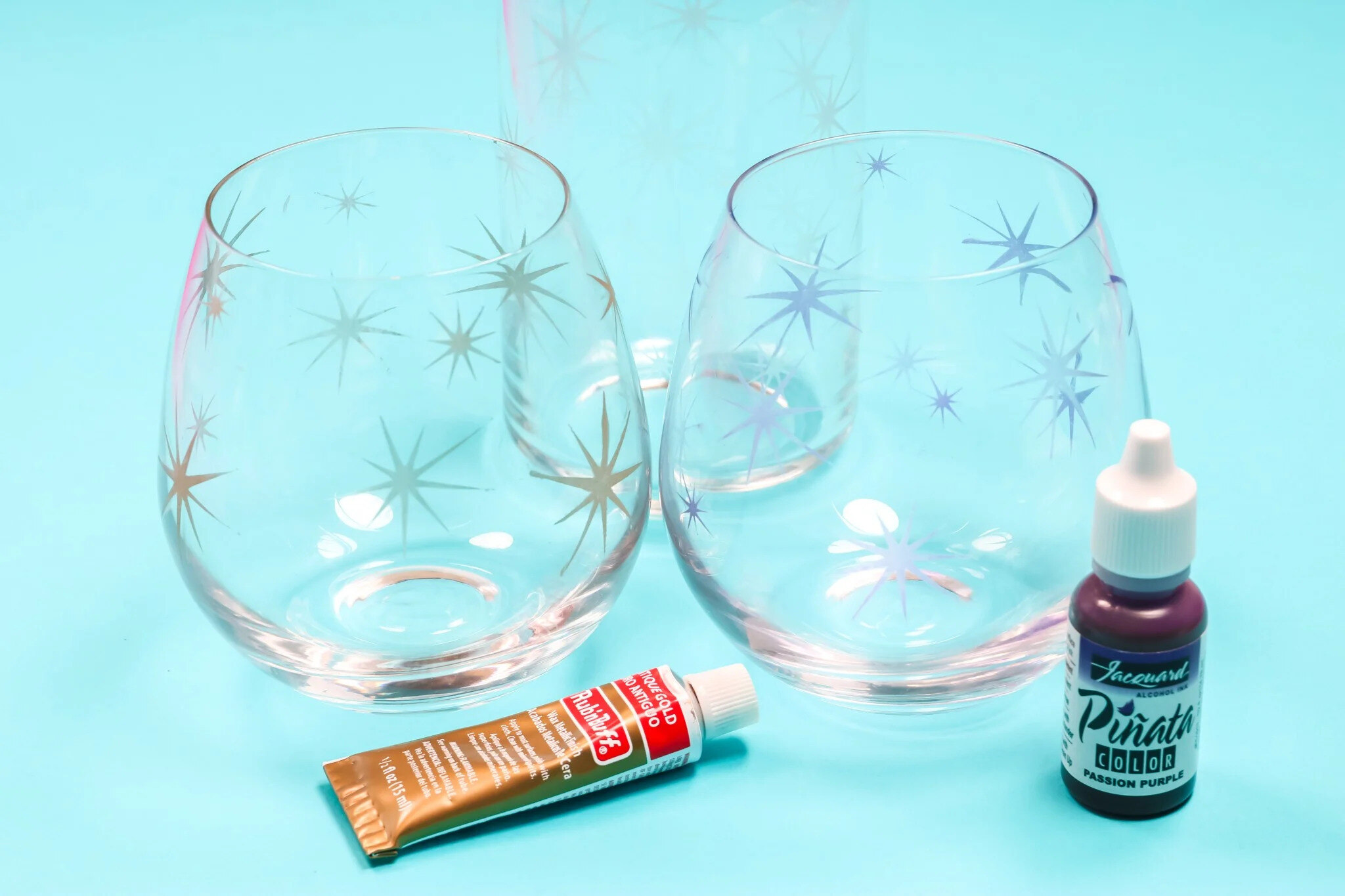
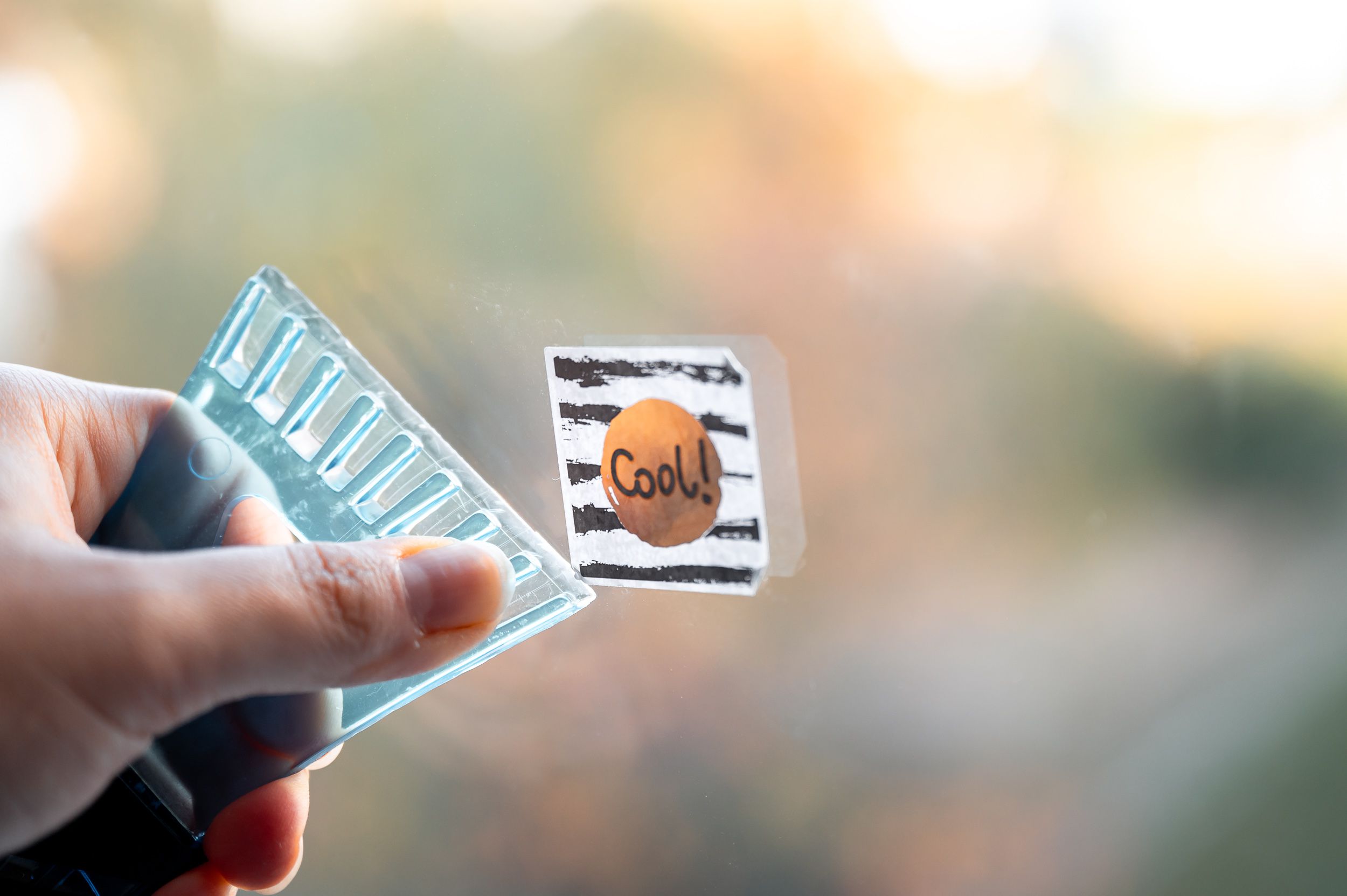
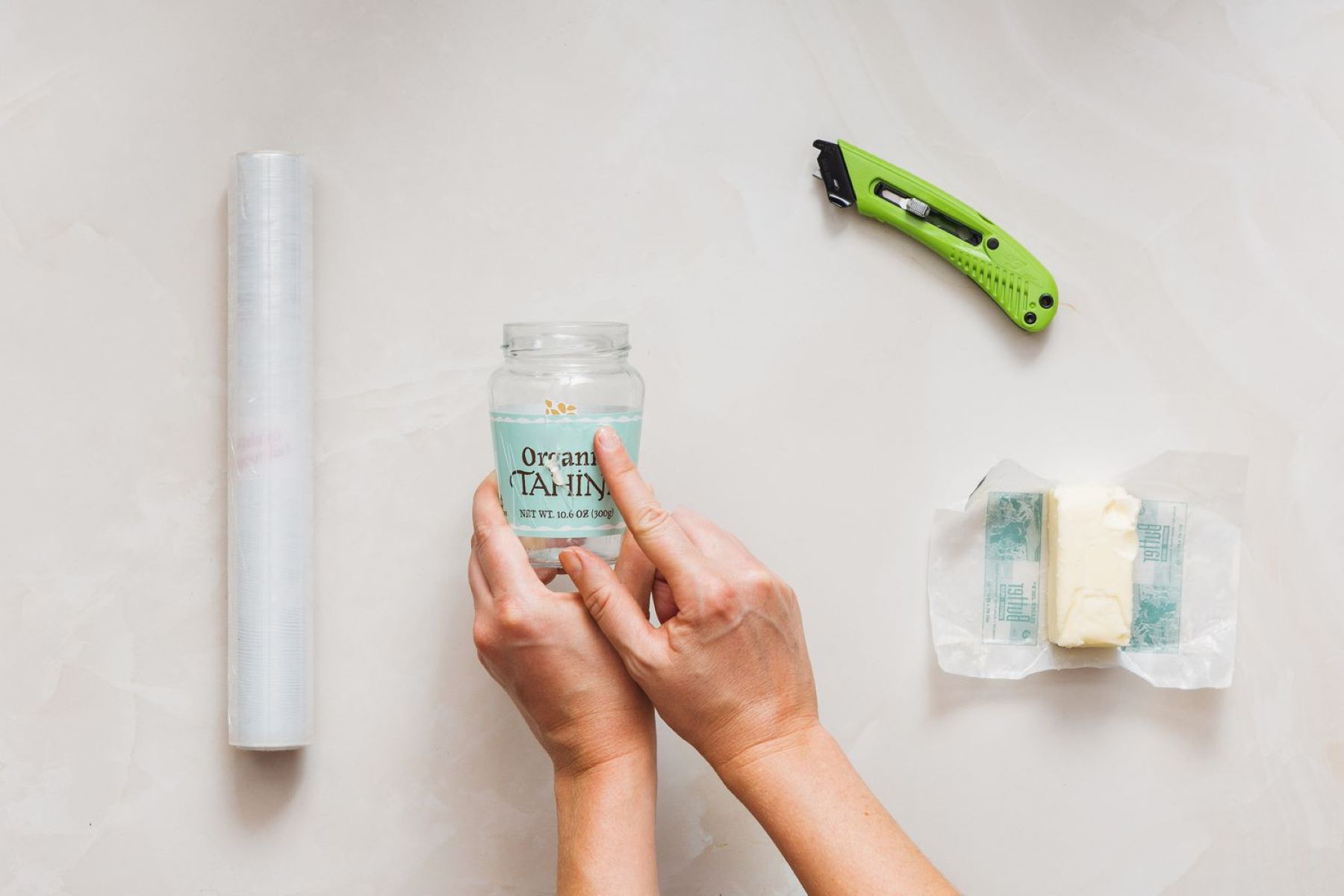
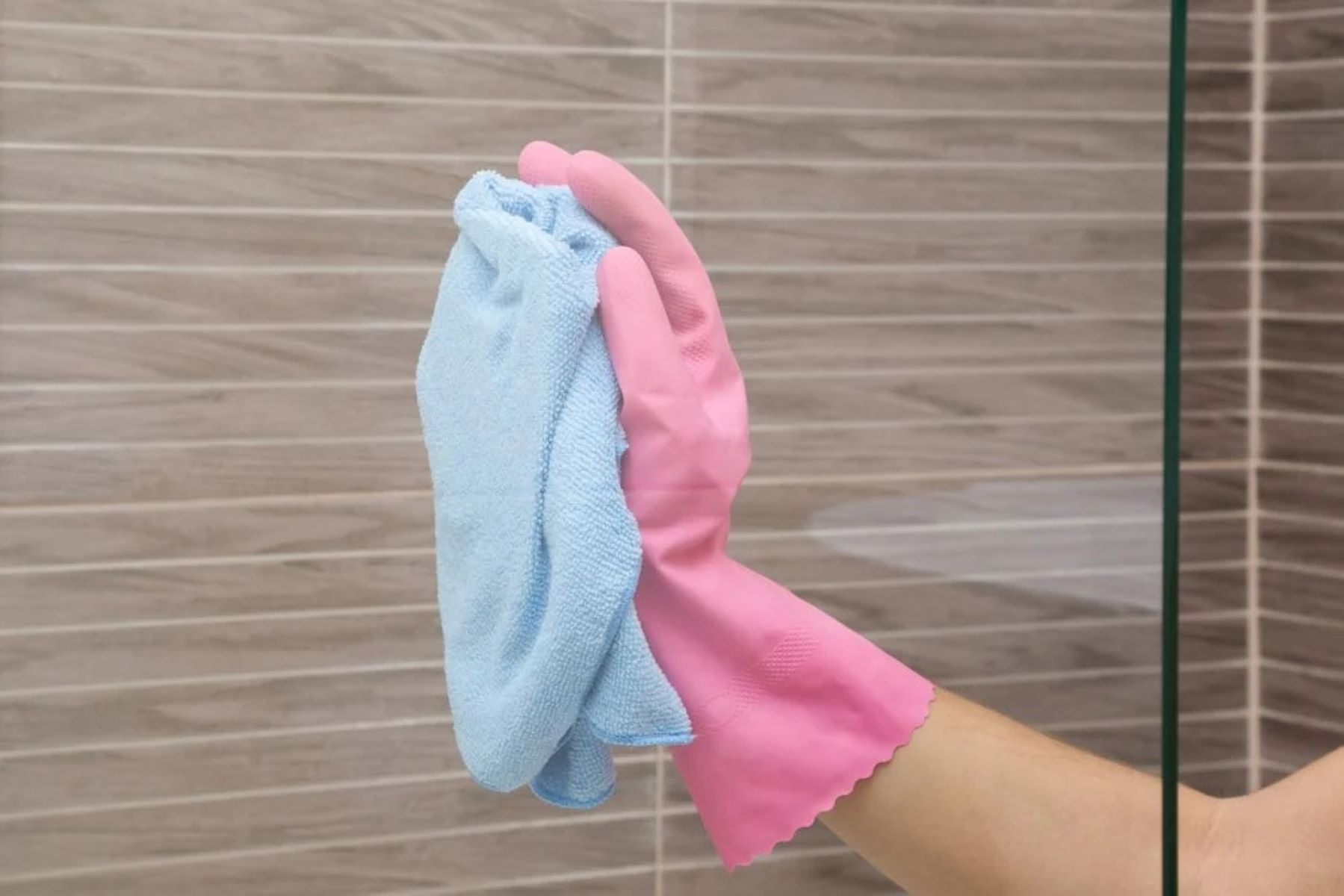
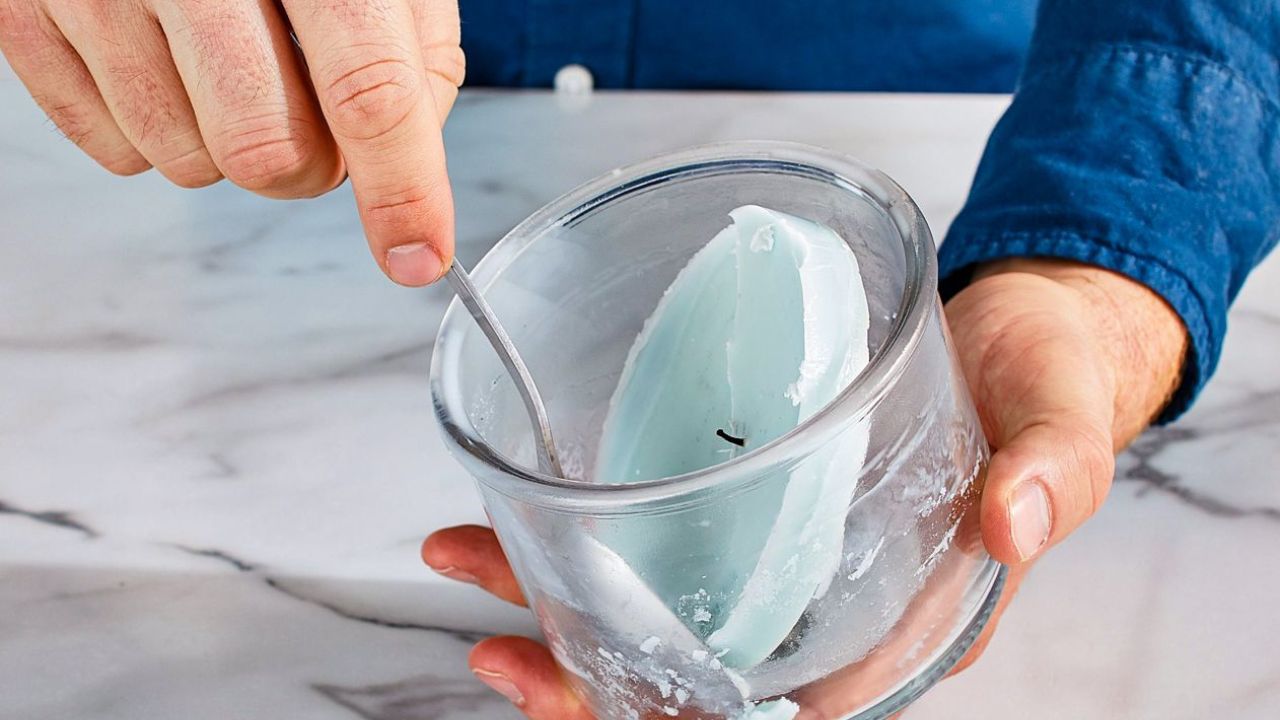
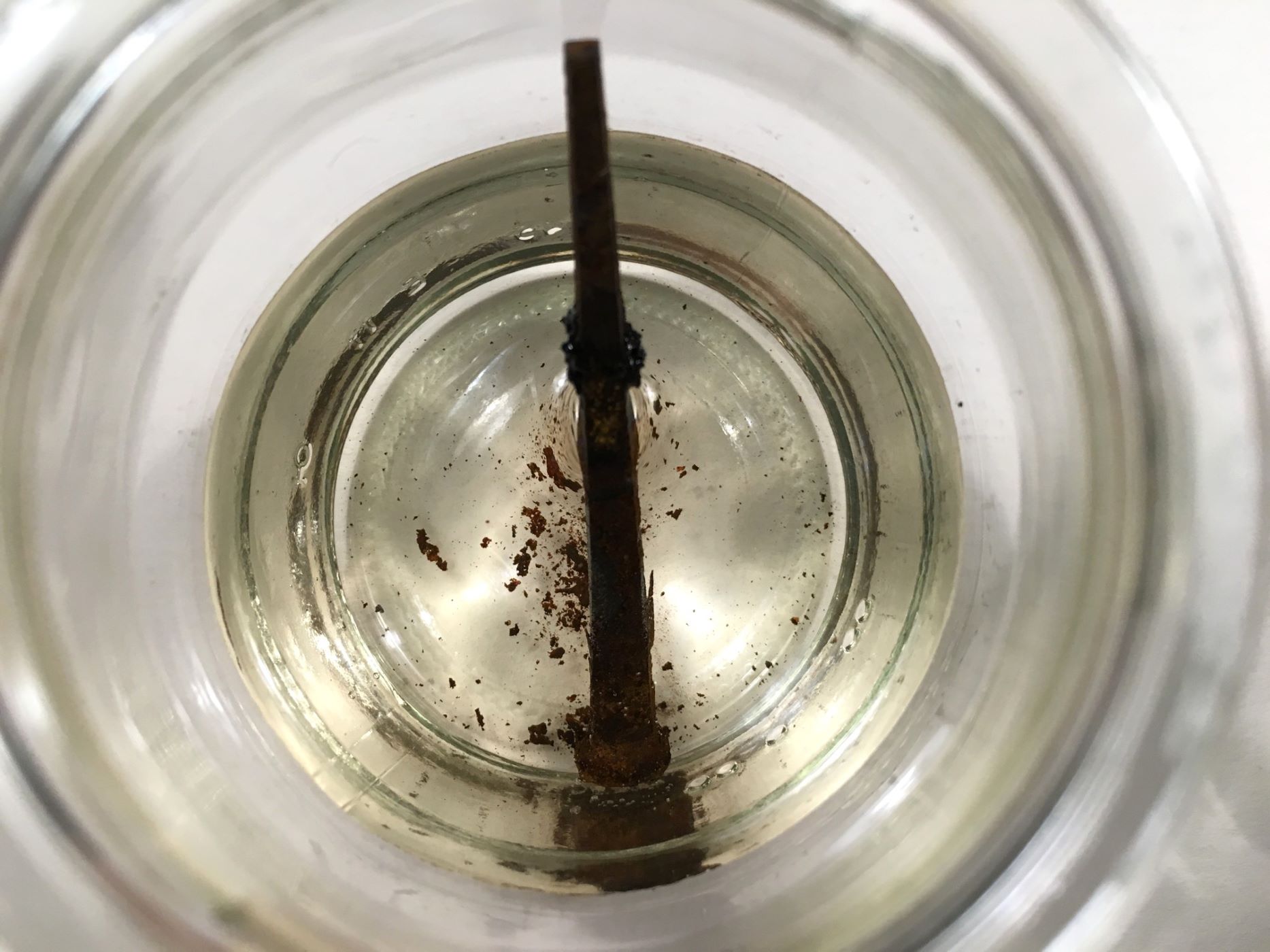
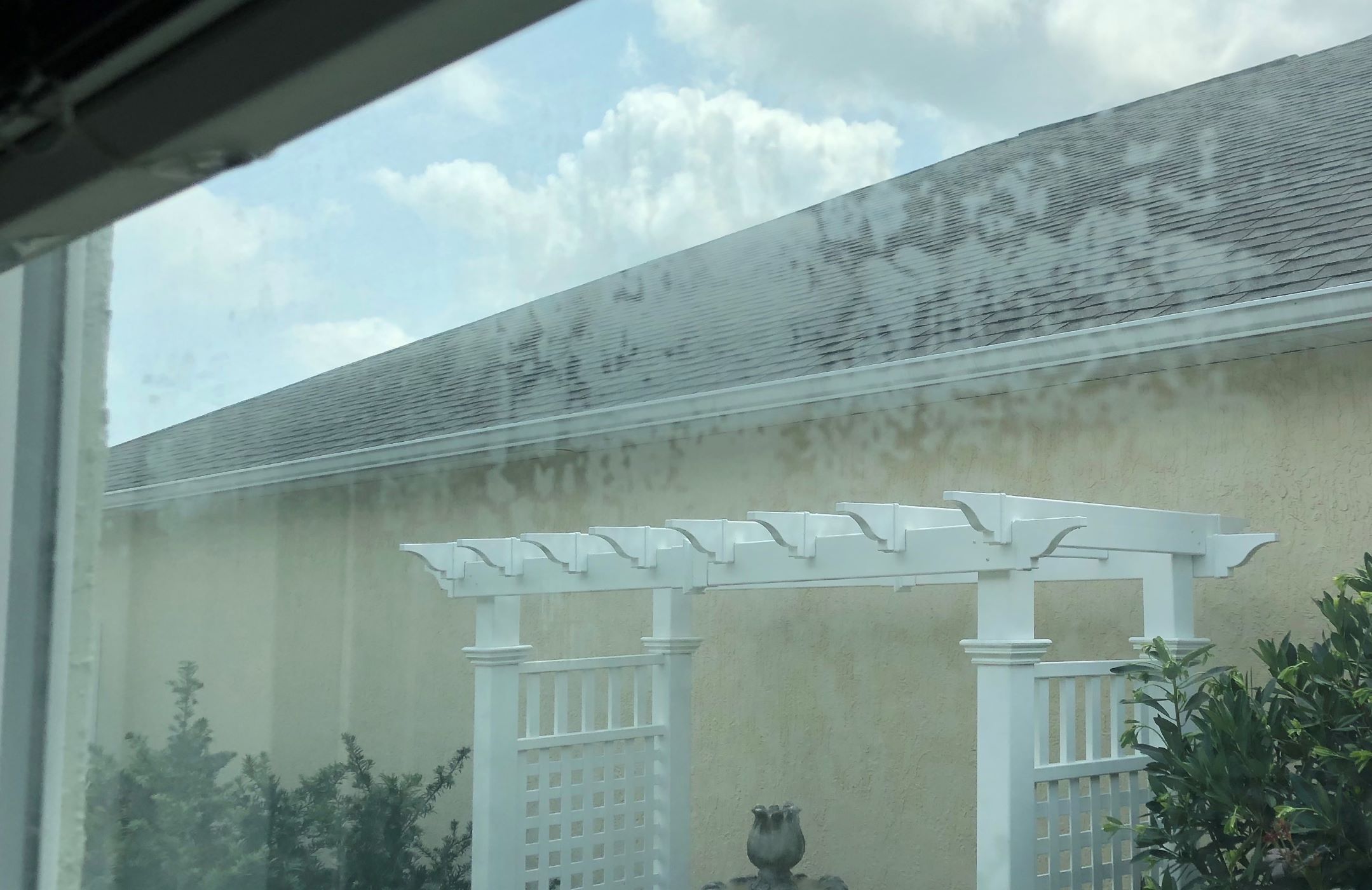
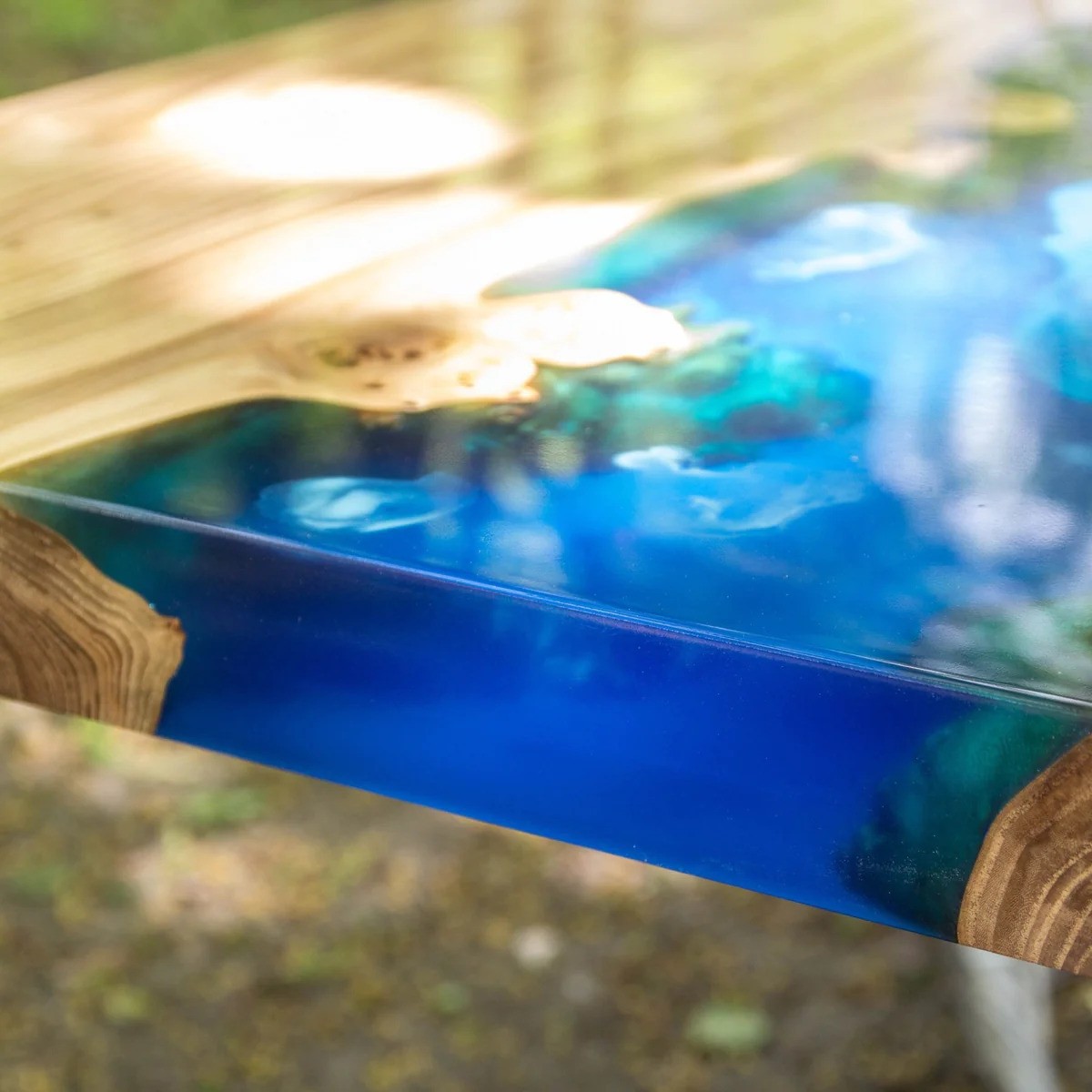
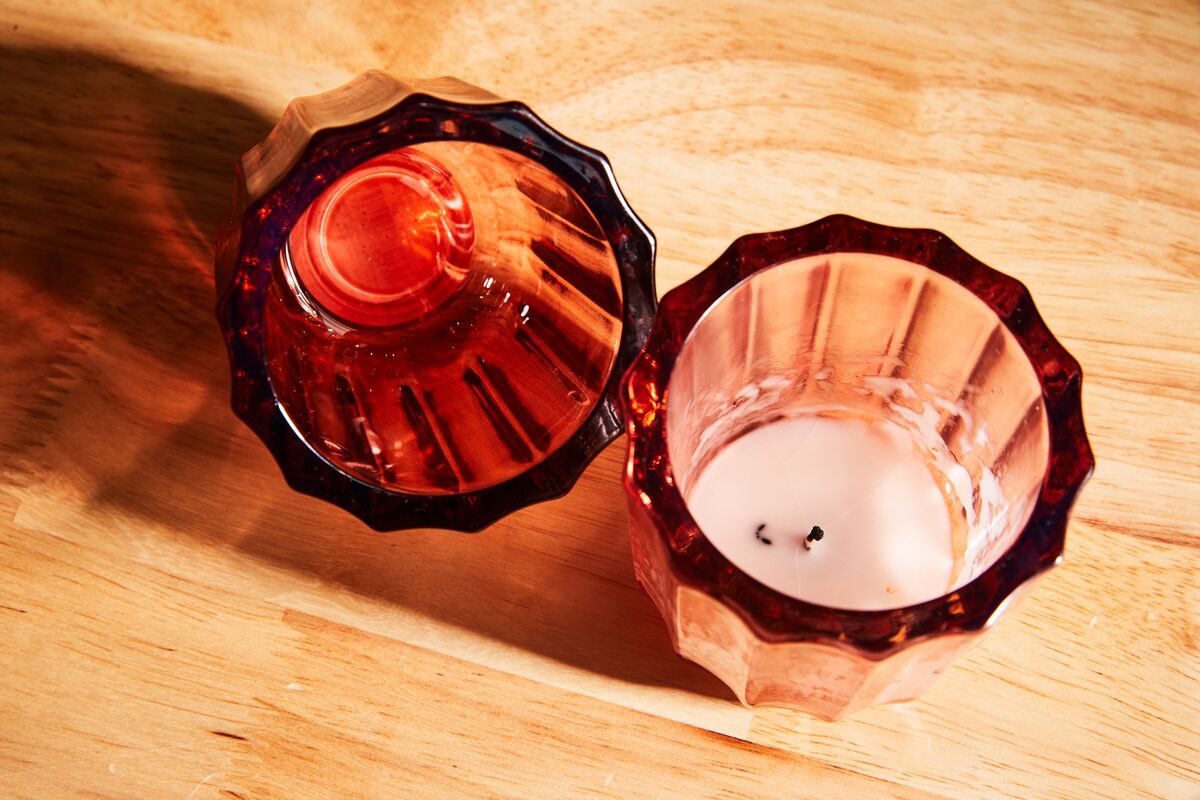
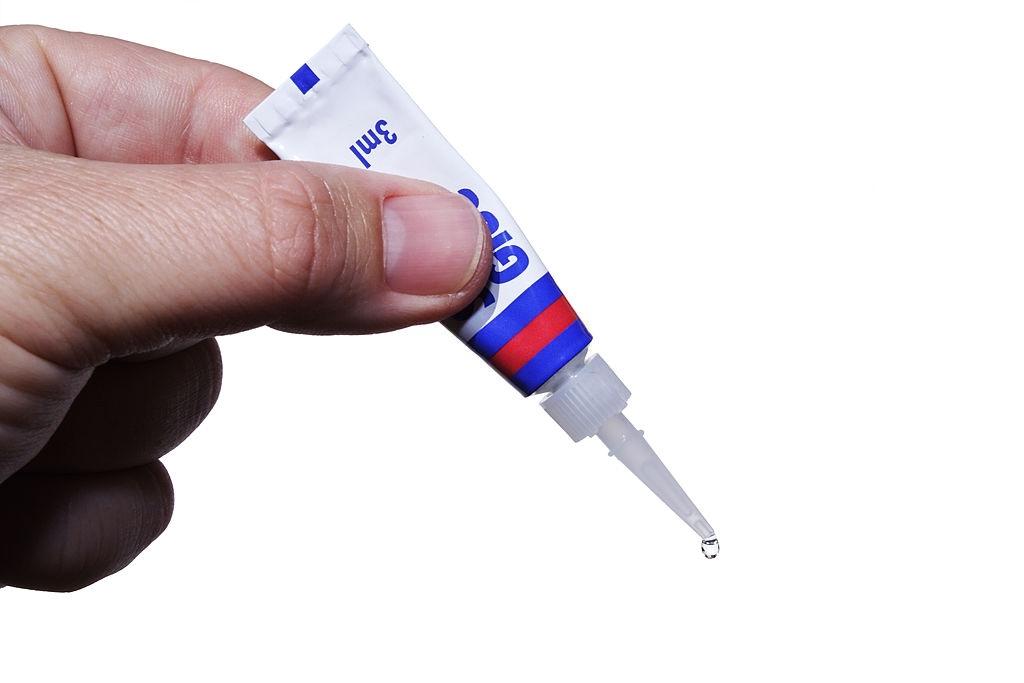
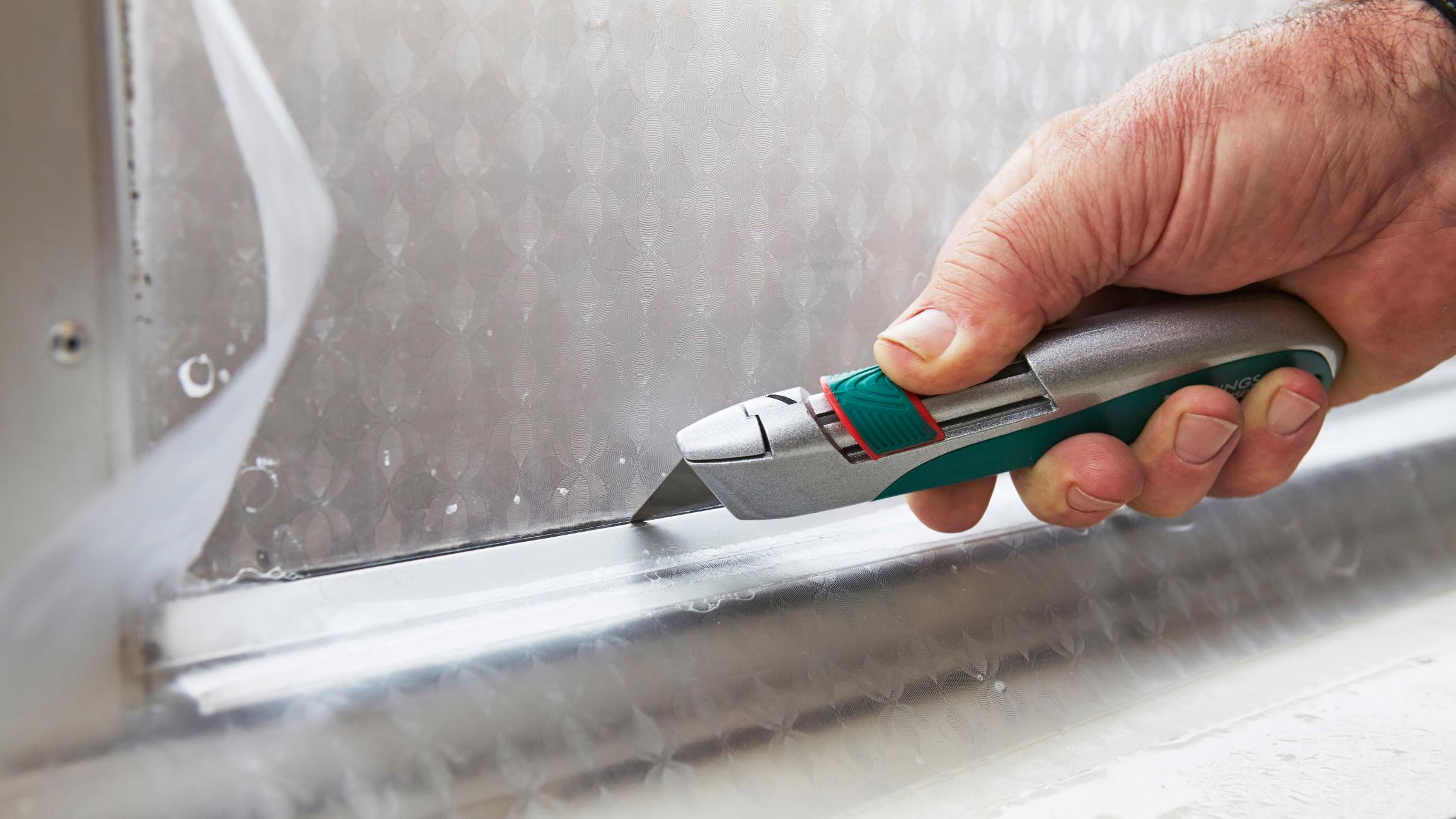

0 thoughts on “How To Remove Adhesive From Glass”